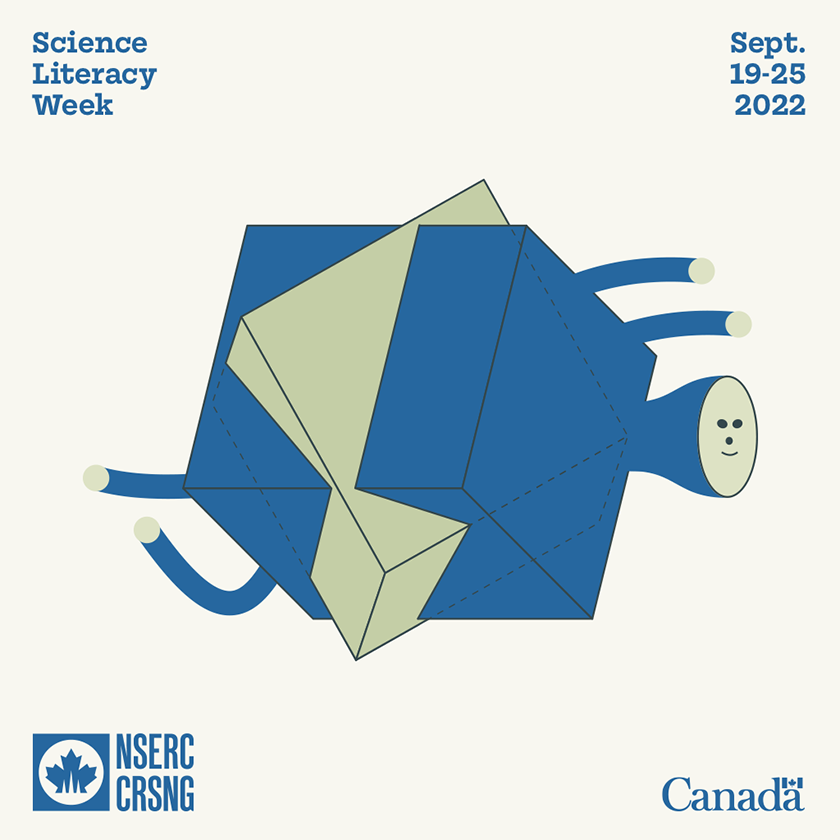DRDC celebrates math behind science and tech solutions for the CAF during Science Literacy Week
September 23, 2022 - Defence Stories

Caption
Science Literacy Week is celebrating the math behind advances in science and technology, like the solutions DRDC develops for the Canadian Armed Forces.
Contributers: Margaret Sambol and Nicole Power
From September 19 to 25, 2022 Science Literacy Week is being celebrated across Canada and this year’s theme is math as the language in which science is written. That’s familiar territory to defence scientists at Defence Research and Development Canada (DRDC), who are applying mathematics to developing scientific and technological solutions for the Department of National Defence (DND) and Canadian Armed Forces (CAF).
“In my everyday work at DRDC, I use mathematical equations to model problems, which provides very precise descriptions that help communicate with other scientists,” says Dr. René Séguin, a defence scientist working at the Centre for Operational Research and Analysis (CORA) at DRDC.
Dr. Séguin’s work includes different projects that all rely on the importance of applying mathematics, including allocating resources and creating schedules for CAF training schools, as well as designing itineraries for military surveillance assets.
“The process of expressing a problem as a mathematical model helps me uncover structure in a problem and also assists in finding the most appropriate solution,” says Dr. Séguin, who specializes in a subfield of mathematical programming known as combinatorial optimization.
Meanwhile, at DRDC’s Atlantic Research Centre defence scientist Dr. Andrew Day is applying financial risk math to developing a decision support tool to help the CAF protect whales while maintaining operational readiness.
“Existing decision aids do not give a decision maker an idea of the variability in the number of harmed mammals,” Day explains.
The financial risk measures quantify worst-case scenarios akin to a 1 in a 100-year storm, and expresses it in a Geographic Information System (GIS) map. This approach combines multiple layers of data, including historical seasonal migration patterns and real-time whale detections, into a simple “go / no go” map interface.
“The program is taking data from all these different sources, and interpreting it into a simple application with red, yellow or green areas marked on a map, to indicate high, medium or low risk to marine mammals,” Day says.
This allows decision makers to easily visualize the risk of a given exercise and conduct their due diligence in deciding on the appropriate time and place for an exercise.
Providing evidence-based decision support is both rewarding and enjoyable for CORA scientist Lynne Serré.
“I approach questions facing the CAF in the same way I approach any math problem,” Serré says. “While not every solution involves a mathematical proof, those that do are not only fun to work on, but they provide a strong foundation that supports future decision making.”
Related Links:
Defence Research and Development Canada
Science Literacy Week (you are now leaving the Government of Canada website)